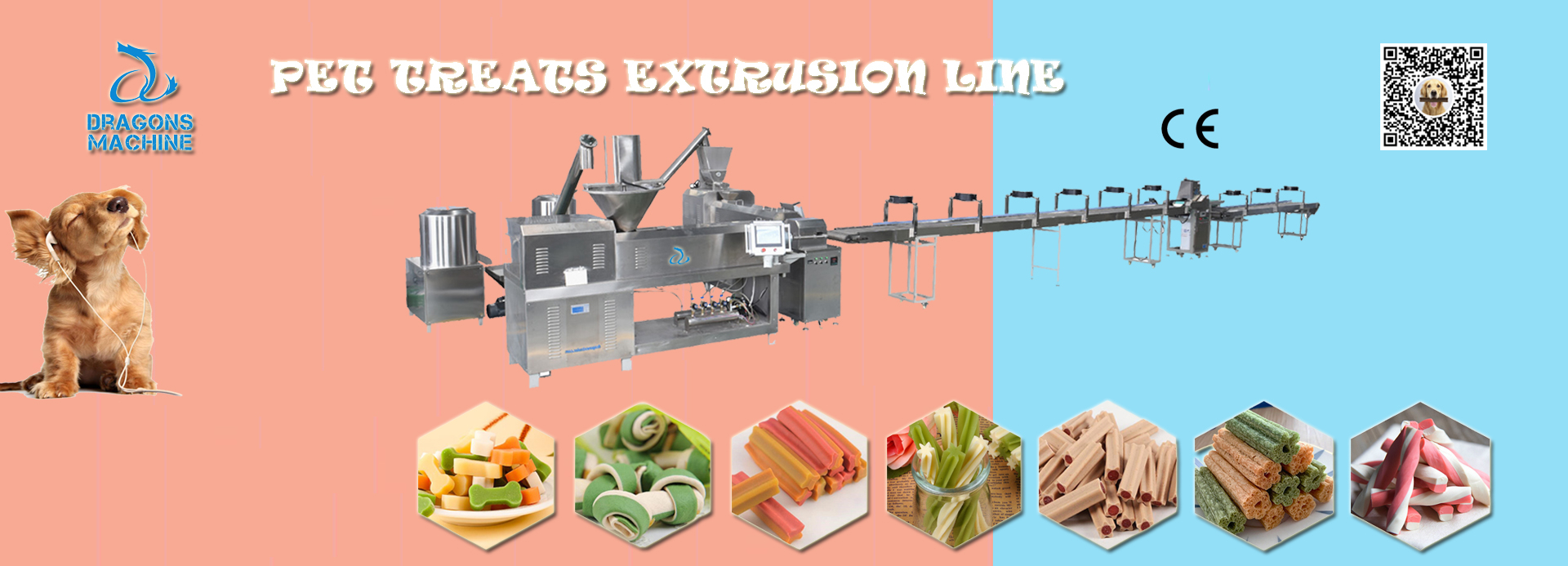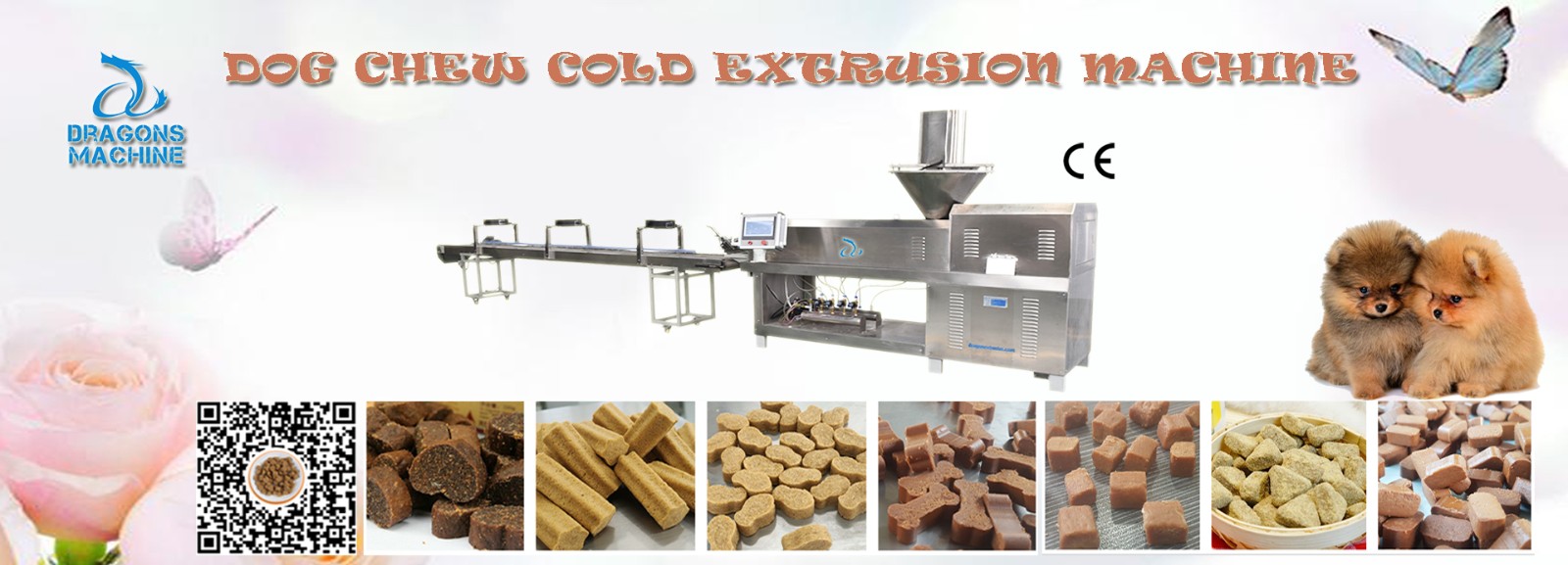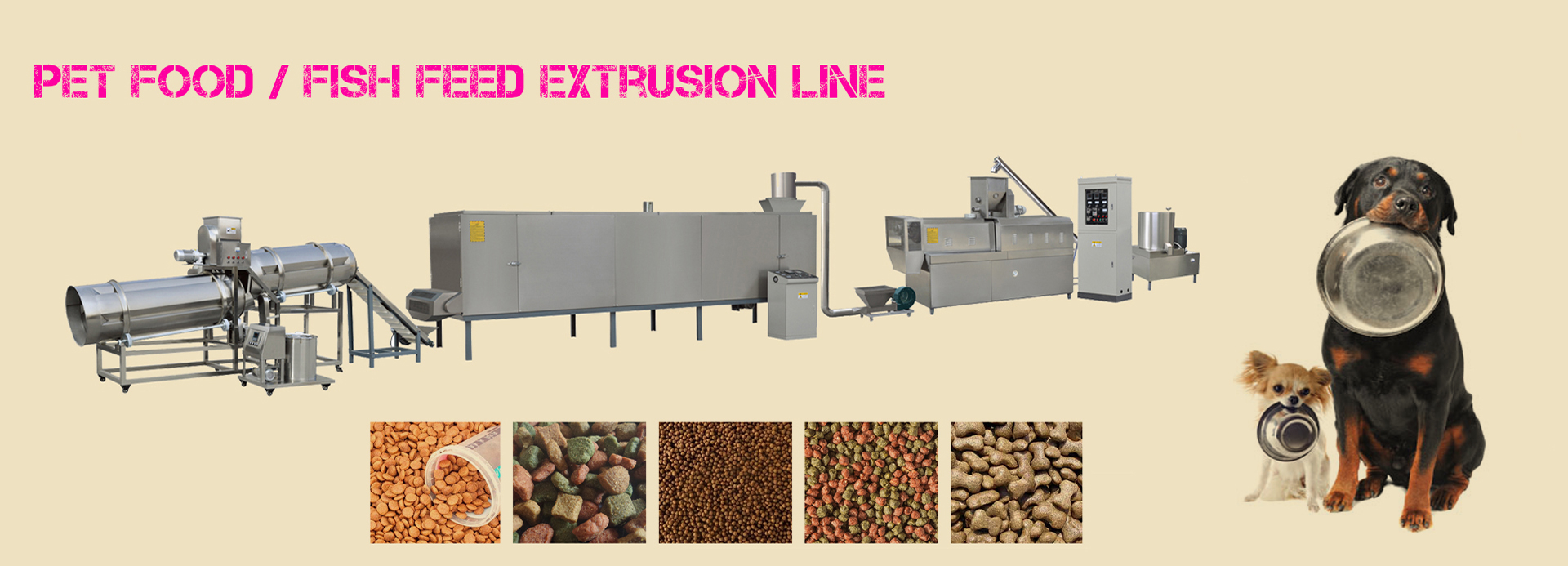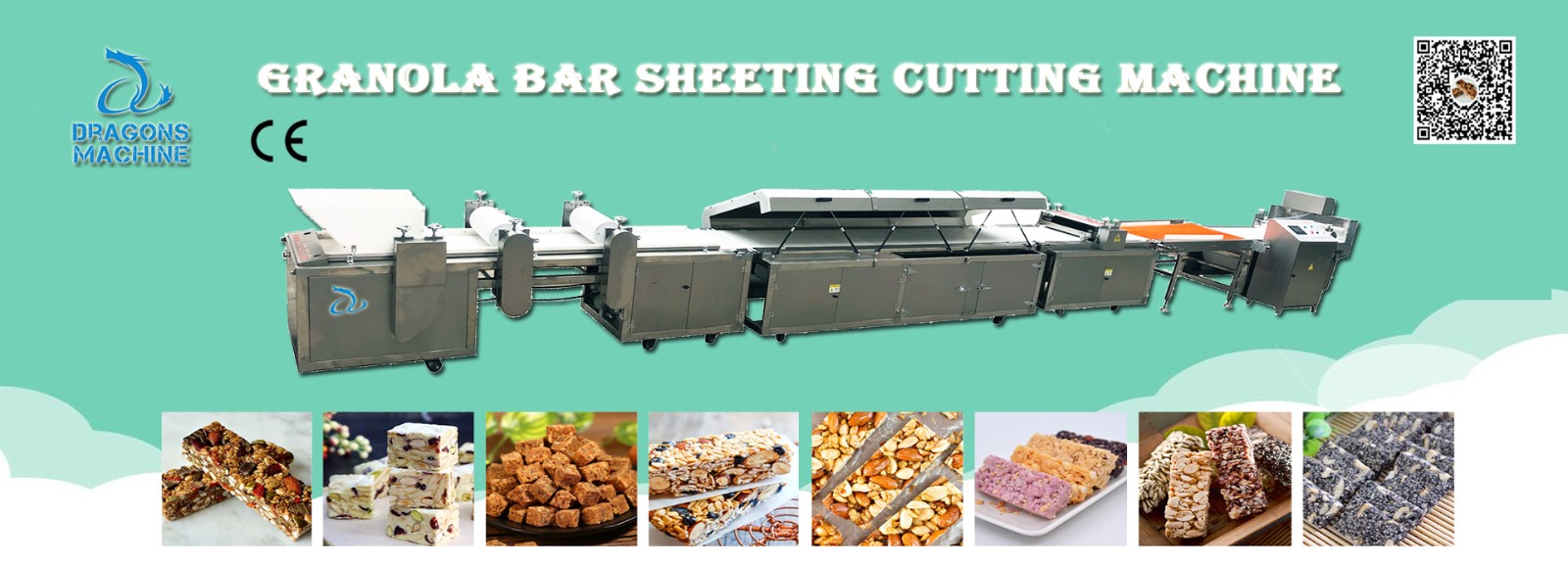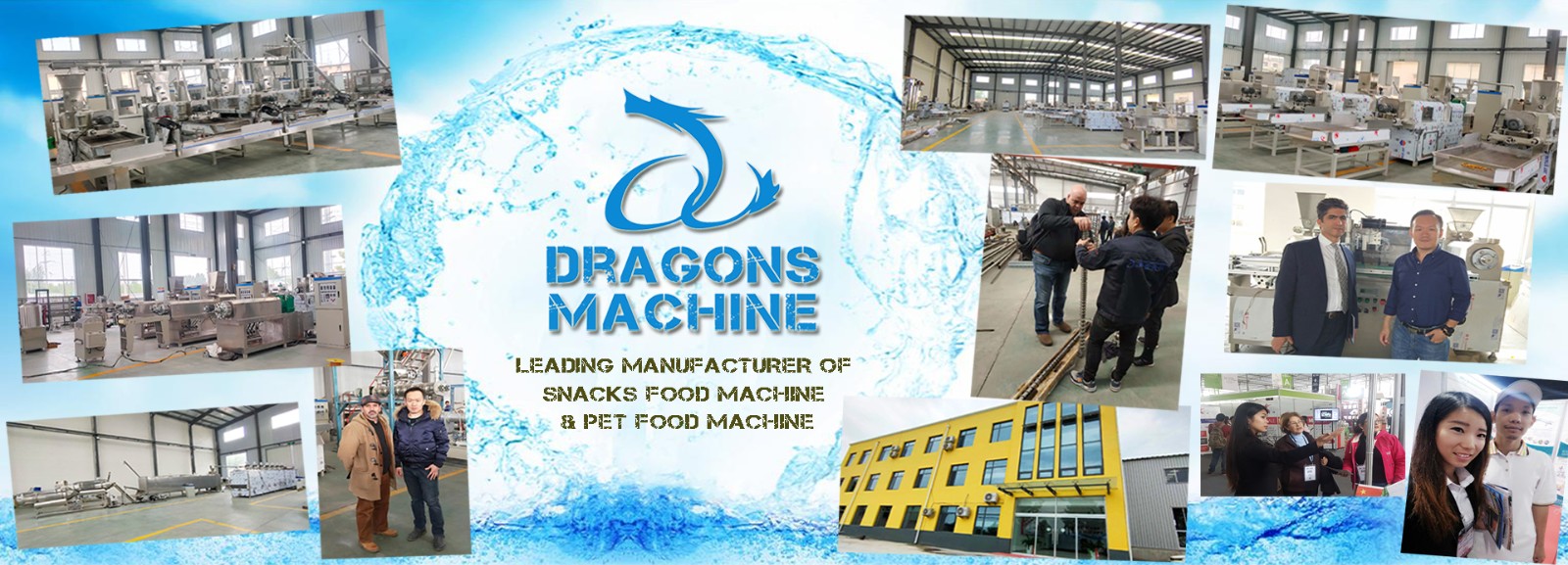Optimizing homogeneity, extrusion melt and dehydration for best physical quality of petfood.
Extrusion is the most common method for producing dry pet food. This technology involves various operations such as mixing, heating, kneading, shearing, and shaping. Obtaining extremely homogenous mixes of the ingredients used in the extrusion process is a crucial factor. Improper mixing can decrease feed uniformity, which could affect animal performance and regulatory requirement.
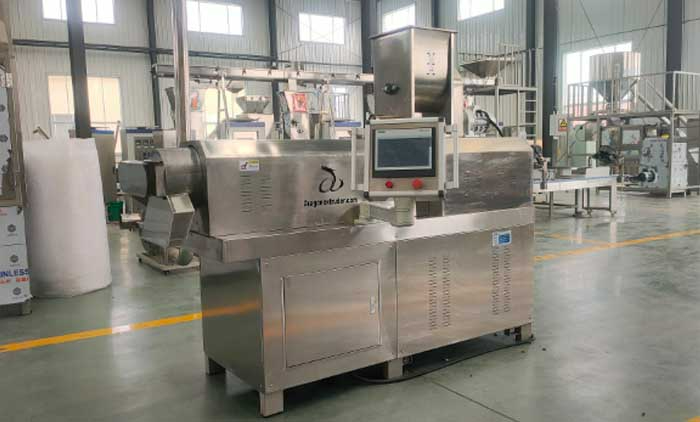
Feed producers must demonstrate the excellent quality of their materials by homogenous mixing of the components. Before the cooking process, the mixture homogeneity guarantees that the particle is thoroughly cooked. As a result, it gives the pet food better appearance and palatability. During the cooking process, nutrients undergo physical changes, with starch gelatinization being the most important for kibble binding and structure formation. The composition of raw materials, their quality, fineness of grinding raw materials, moisture content and processing conditions all affect the final quality of the pet food. These ingredients in the formulation may serve as a binding agent or fillers to help bind the feed together and improve palatability. Studies shows that extruded dry products normally do not need binders or additives just to increase the cohesiveness of the internal matrix, because the starches commonly included in the formulation are high enough in proportion to provide considerable structural enhancement. Gelatin, starches (corn, pea, tapioca, and potato) and many others are some of the binding agents utilized in the pet food industry. Some pet owners choose high-protein foods with lower quantities of starch, although starch helps the kibble form properly and not become crumbly. Lowering the starch content makes the extruded feed more prone to disintegrating. Gelatin, for example, has been suggested as a binding agent for high protein pet food, and may be able to compensate for the lost starch in pet food. To bind kibble together, commercial pet food manufacturers need a lot of carbohydrates (starch). It is difficult to shape and hold kibble together without starch, which is why most dry pet foods have a lot of it. Several research reported that starch aids in binding in the final product, particularly in dry pet food. Tuber starches such as potato and tapioca are excellent adhesive for improving final product cohesiveness. The main objective was to review extrusion technology currently used to process the pet food ingredients in order to obtain optimal physical quality.















